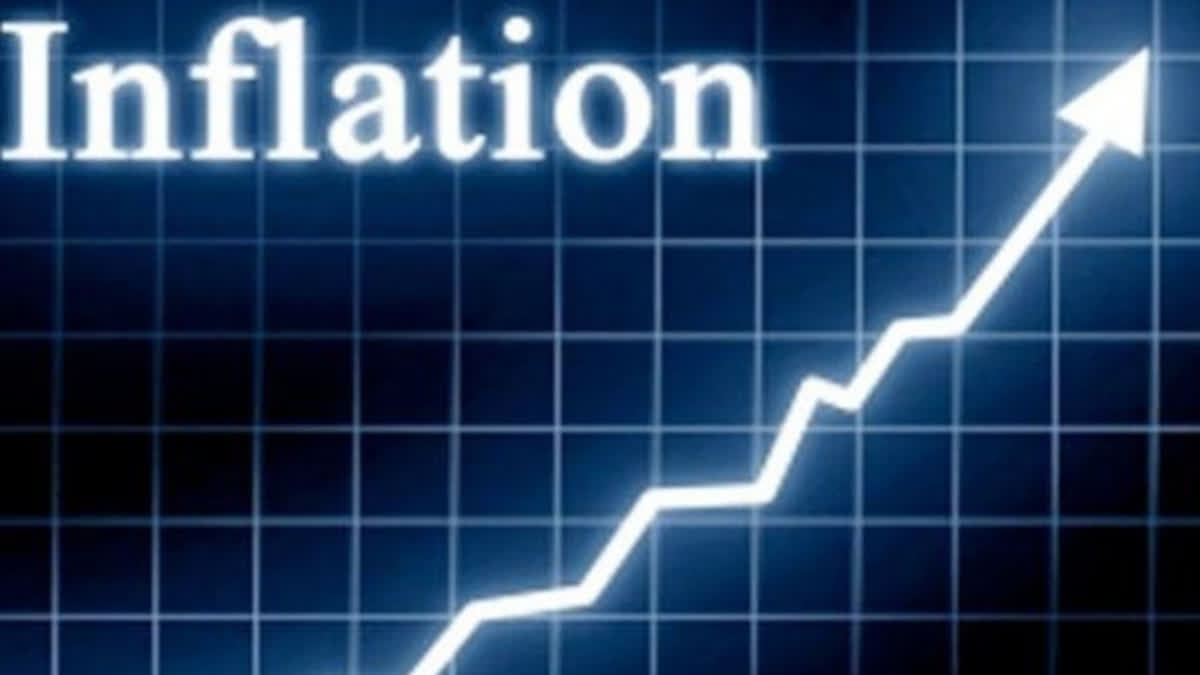New Delhi : Four prominent central banks that are tasked with managing inflation in their countries and regions followed a distinct strategy about the benchmark policy rates as they grappled with the question of managing both inflation and GDP growth.
While the US Federal Reserve, the central bank for the world’s largest economy decided to pause the spree of rate hikes, the People’s Bank of China (PBoC), central bank for the world’s second largest economy, cut the key policy rates thrice in the month of June to boost business sentiment and support economic growth, a move which is diametrically opposite to the strategy followed by the US Federal Reserve.
Two other important players, the European Central Bank (ECB) and Bank of England (BoE) raised the policy rates. The BoE also indicated further rate hikes as the inflation in the country hit 9 percent as against the target of 2 percent. In India, the RBI, which is mandated under Section 45ZA of the Reserve Bank of India Act of 1934, to keep the retail prices within the target band set by the Central government, has not hiked interest rates in the last two monetary policy committee meetings.
What is happening at the global level?
According to the data gathered by the State Bank of India’s economic research unit, of the 44 central banks whose meetings took place in the month of June, only 10 central banks have raised policy rates. The data showed a maximum number of central banks, 29 of 44 central banks went for a pause while just 5 central banks cut their policy rates.
In India, the Reserve Bank was also following a coordinated policy by raising the benchmark interest rates in sync with the US Federal Reserve but it has changed this policy this year. “Clearly, a divergence can be seen with Fed pivoting to wait and watch by skipping rate hike in the May FOMC meet while both ECB and BoE decided to stick to rate hikes,” said Soumya Kanti Ghosh, Chief Economic Adviser of State Bank of India (SBI).
With the 50 basis point hike in the policy rate effected in June, policy rate in United Kingdom has reached to highest level since 2008. While China has thrice cut policy rates and other bank rates in the month of June to boost business sentiment as its economy is struggling after initial pickup that was seen immediately after the Covid related restrictions at the start of the year.
On the other hand, the Bank of Japan (BoJ) is following a tight money policy despite retail inflation in the country staying above the target of 2 percent for the last 14 months. In fact, the BoJ is following an ultra-loose monetary policy to spur growth in a fledgling economy. Japan’s retail inflation has come at 3.2 percent in the month of May, slightly down from 3.4 percent a month earlier.
“We believe that BoE will have to raise rates much more as independent estimates show close to a quarter of fiscal stimulus (as a percent of GDP) post Covid had happened,” Ghosh told ETV Bharat in a statement. According to the economist, most consumers in the UK have fixed rates of mortgages, limiting the impact of rate increases for now. Labour markets in the UK have also been disrupted with a lot of people missing from the labour force.
“No wonder, on a lighter note, sales of non-fictional books in the UK have expanded at close to 30%, based on some estimates,” Ghosh said. “Is it possible that the missing labour have resorted to reading more books now at leisure time, or are the prospects of the economy too bleak there to seek comfort between printed lines?”
What is the US Federal Reserve doing?
The US Federal Reserve paused the policy rate hike in its meeting held this month in a unanimous decision as some of the members were dissatisfied by the higher rates hence it made sense to pause further rate hikes in order to assess evolving macro conditions.
As per the latest Summary of Economic Projections, most of the indicators (real GDP, unemployment, PCE inflation) in the USA have become more favourable except for the Core PCE inflation whose median projection for 2023 has now been updated to 3.9 percent from 3.3 percent given in the March meeting.
According to some experts, June CPI in the USA is also expected to remain low and will be the only CPI data available before the July meeting, therefore making a case for another pause at that meeting.
Though the Fed has indicated two more rate hikes by the end of this year, economists such as Soumya Kanti Ghosh remain skeptical of such a move. “The question is will the Fed return to more hikes after a second pause in July?," he asked. According to Ghosh, Fed History shows otherwise. For example, by September, there could be enough data points (banking system, credit markets) to suggest that the Fed may have just been done with rate hikes!
“If this is so, then the Dollar Index would decline, indicating rupee to continue its appreciating trend. India has already received $11 billion portfolio inflows till June 27 (FY23),” Ghosh noted.



